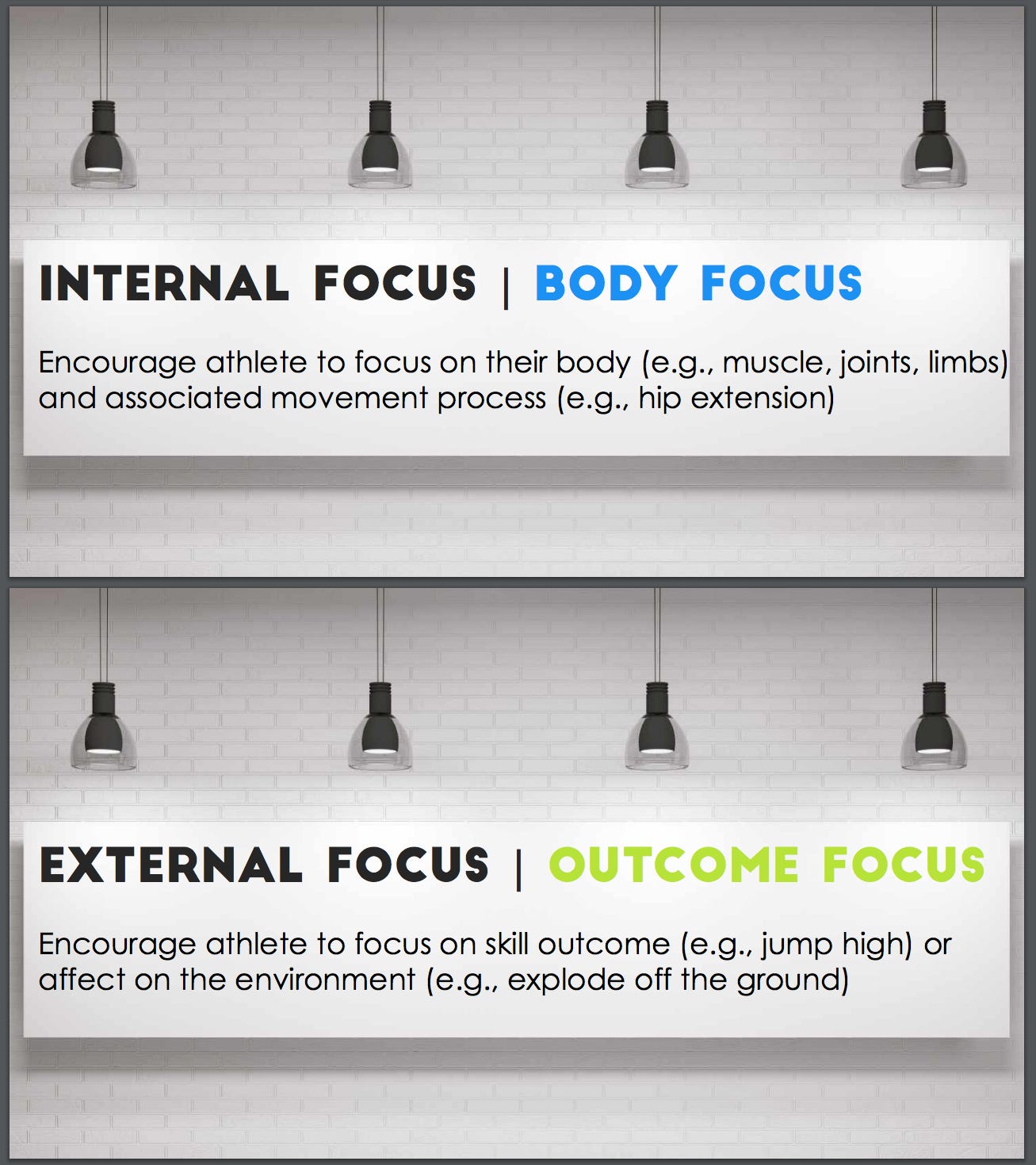Note: This is the fourth and final post in a series on the “superpowers” coaches can add to level up in the coaching profession. Previous entries:
In the video game world, an adept player earns “superpowers” which help them advance to higher levels in the game. Through skillful play and experience, the character in the game earns x-ray vision or some form of advanced weaponry.
Those are the superpowers that give the character an advantage over their foes and help them reach deeper levels of the game. Play the game well and the character earns enough superpowers to be near invincible.
In the coaching world there are superpowers – earned skills a coach needs to become a master level player in the coaching game. This series will be about those superpowers. The key word here is earned, and earning involves making mistakes, correcting and learning until the superpowers become yours.
Cueing
In his book The Language of Coaching, Nick Winkelman Head of Athletic Performance & Science for Irish Rugby, spells out the power of cueing and using language that best impacts learning and performance when coaching athletes.
The book is extensive, detailed and research-based. Here are some highlights that you can add to begin developing superpower level cueing.
Internal Cues vs. External Cues and Analogies
Too often coaches teach players using internal cues. Research shows that external cues are more powerful. What is the difference?
When using internal cues, the coach is cueing the athlete by referring to body parts. They often uses directions pertaining to the limbs or joints active in the movement.
“Tuck in your right elbow more.”
“Bend your knees a little deeper.”
“Your left hip needs to open more.”
The instruction is rich with body parts (knee, elbow, hips, head, leg) and directions (right, left, up, down, under). The focus of the cues is internal or “within” the athlete’s body.
Research shows these are the least effective cues, although they do have a time and place. They are hard for athletes to tune into. Yet, if you were to record a practice session these are likely what the majority of your cues sound like.

External cues are stronger and more effective, but less rich with technical detail. A cue is given without focusing so much on the “how.” The focus is instead on the desired outcome.
“Press off the floor.”
“Throw your hands to the sky.”
“Push off the floor as hard and fast as you can.”
While coaches may find it hard to believe that these cues without all the technical detail are superior, research suggests they are. You provide the external cue and the athlete selects a motor pattern that feels like it is accomplishing the task demanded in the cue. According to Winkelman, the last idea we put in our athlete’s head before they move should be an external cue.
The king of cues is analogy.

One good analogy can replace can replace a laundry list of instructions.
— Radius Athletics (@RadiusAthletics) November 24, 2020
You could drone on about “right hip” and “left elbow” while the athlete struggles, or come up with a helpful analogy and turn a lightbulb on immediately. Listen for usage of words such as “like” or “as.”
“Your first step is like a baserunner stealing second base.”
“Come through the space skinny as if you are sliding through elevator doors as they are closing.”
“Show me a stance like a boxer.”
Winkelman goes on to explain different types of analogies — scenario-based, constraint-based and object-based.
The book is full of additional helpful information on the language of coaching. There are details showing the anatomy of a cue, tips on when to cue, cue length (hint: short!) and the role of attention in learning.
The bottom line is that effective teaching matters and effective teaching begins with effective cueing. In this sense, effective cueing is a coaching superpower.
Continue the conversation:
Suggested reading:
For help with guidance and leadership during your coaching journey join our community for basketball coaches!
Enjoy all our basketball coaching resources.
Any questions, contact us! Happy to talk hoops any time day or night!
